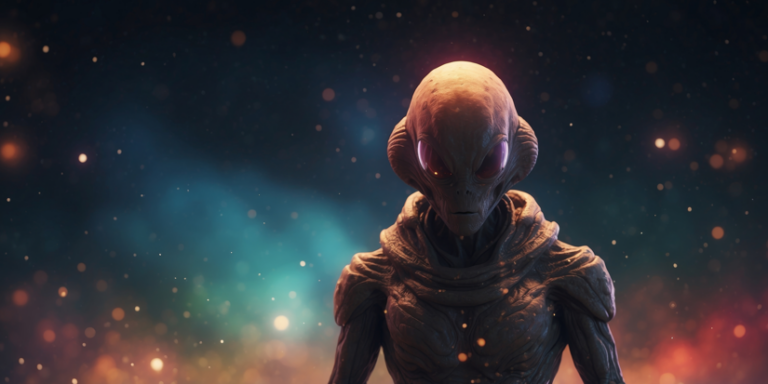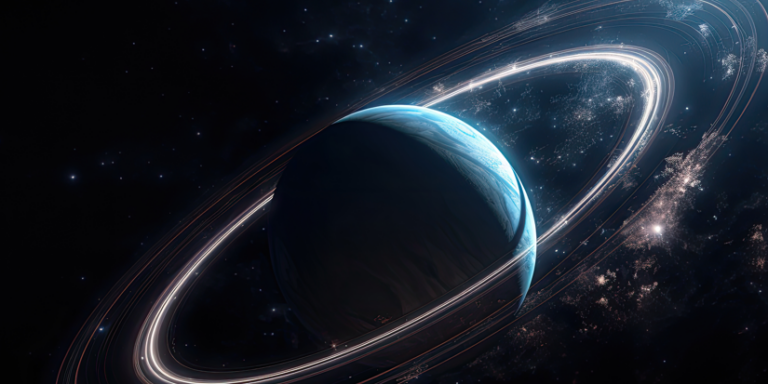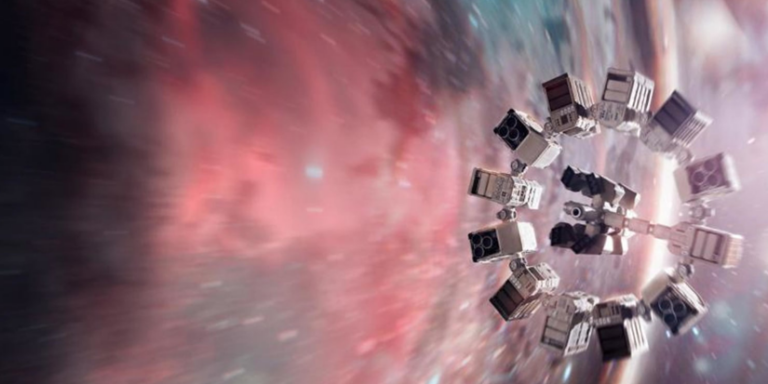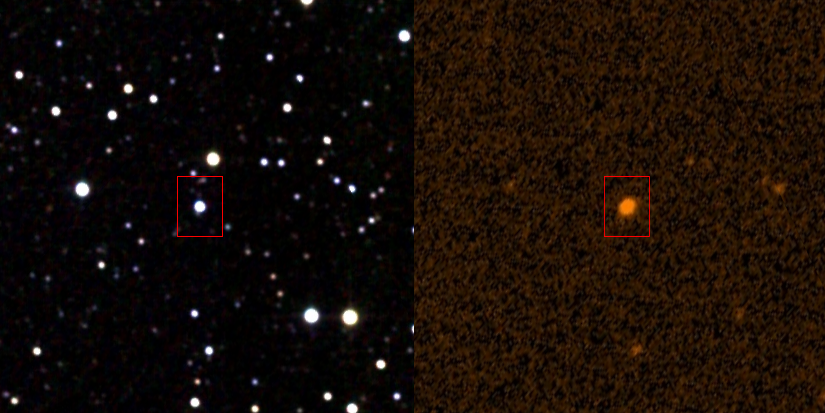
Tabby’s Star, formally known as KIC 8462852, has been a source of fascination and speculation since its unusual light patterns were first observed by the Kepler Space Telescope in 2015. Unlike other stars whose light dimming can be attributed to planets passing in front of them, Tabby’s Star displays irregular, dramatic dips in brightness, with some events reducing its light output by as much as 22%. These peculiar patterns have led to numerous hypotheses, ranging from natural explanations to the tantalizing possibility of advanced extraterrestrial activity. Could these anomalies be evidence of a Type II civilization on the Kardashev Scale?
The Kardashev Scale and Type II Civilizations
The Kardashev Scale, proposed by astrophysicist Nikolai Kardashev in 1964, measures a civilization’s technological advancement based on its energy consumption. A Type I civilization harnesses the energy resources of its home planet, a Type II civilization utilizes the total energy output of its star, and a Type III civilization exploits the energy of its entire galaxy.
A hallmark of a Type II civilization might include the construction of megastructures like Dyson spheres or swarms—vast arrays of solar panels or structures encircling a star to capture its energy. Such structures could cause irregular dimming of the star’s light as observed from Earth, making Tabby’s Star a candidate for such speculation.
Never Miss A Story
Observations of Tabby’s Star
Kepler’s mission to discover exoplanets relies on detecting the periodic dimming of stars caused by planets passing in front of them. However, Tabby’s Star defies this model with:
Irregular Dimming Patterns: Unlike the consistent dimming caused by exoplanets, Tabby’s Star experiences erratic dips in brightness lasting days or weeks.
Long-Term Fading: Observations suggest the star has gradually dimmed over a century, a phenomenon not commonly associated with stellar processes.
No Infrared Signature: A Dyson sphere or swarm would emit waste heat detectable in the infrared spectrum, yet searches using the Spitzer Space Telescope and other instruments have not found significant excess infrared radiation.
Natural Explanations
Several natural phenomena have been proposed to explain the peculiar behavior of Tabby’s Star:
Dust Clouds: One leading hypothesis involves irregular clouds of dust or debris orbiting the star, blocking its light. However, the long-term fading is not easily explained by this.
Cometary Activity: A swarm of comets or remnants from a fragmented body could create the observed dimming, but the required number of comets would be unprecedented.
Stellar Variability: Intrinsic changes in the star itself, though rare and poorly understood, could be a contributing factor.
While these natural explanations are plausible, none fully account for all the observed anomalies, keeping the door open for more exotic possibilities.
The Extraterrestrial Hypothesis
The idea of a Dyson swarm or another megastructure around Tabby’s Star captured public imagination after it was suggested by astronomer Jason Wright and others. A partially constructed or uneven swarm of such structures could theoretically produce the irregular dimming patterns seen. However, the lack of a detectable infrared signature challenges this hypothesis, as advanced structures would likely radiate heat.
Challenges and Future Studies
While the prospect of finding evidence of a Type II civilization is thrilling, extraordinary claims require extraordinary evidence. Advances in telescopic technology and observational techniques may help clarify the mystery. Planned projects like the James Webb Space Telescope (now operational) could provide detailed spectral analysis to identify or rule out natural causes.
Additionally, studying stars with similar dimming behavior could help determine whether Tabby’s Star is an outlier or part of a broader class of phenomena.
Conclusion
Tabby’s Star remains an enigma, with natural and artificial explanations continuing to vie for plausibility. While the evidence does not conclusively support the presence of a Type II civilization, the star’s peculiar behavior challenges our understanding of stellar physics and inspires ongoing exploration. Whether the answer lies in natural astrophysical phenomena or an advanced alien civilization, solving the mystery of Tabby’s Star promises to deepen our understanding of the universe and our place within it.
- The Dark Theory Of Alien Silence: The Berserker Hypothesis
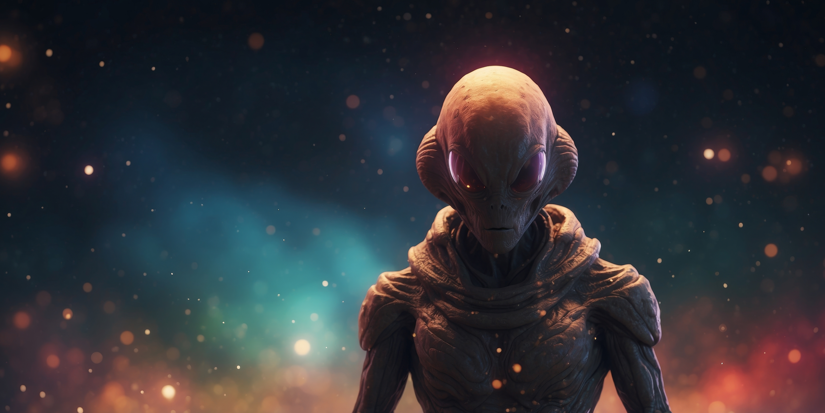
- How Did The Predators Develop Their Advanced Weapons And Spaceships?

- Objects Are Visiting Us From Alpha Centuri
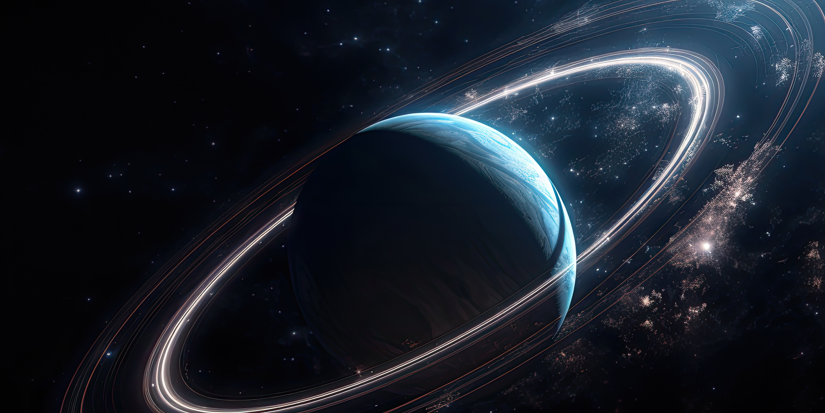
- The Black Hole In Interstellar Was Built From Actual Equations
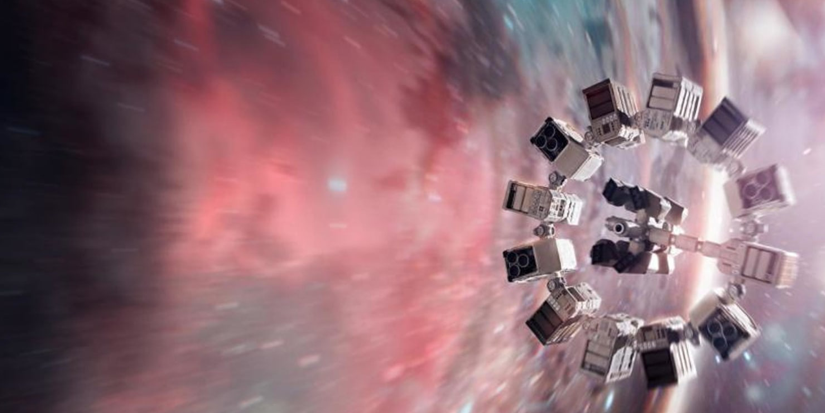
- Astronomers discover the largest structure in the universe
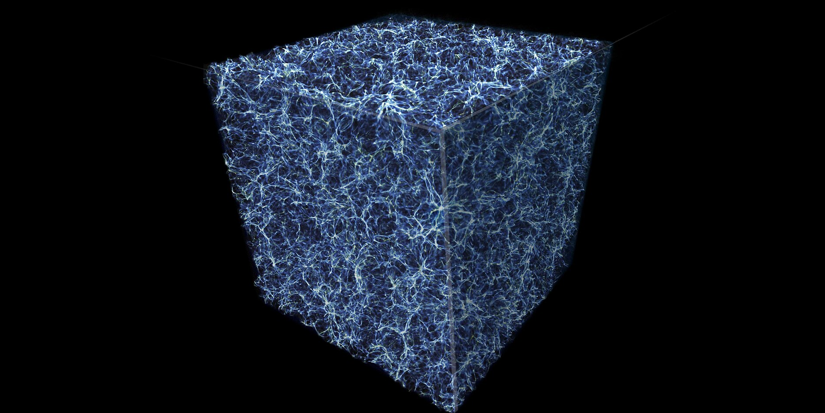
- Russian Plasma Engine Will Get Us To Mars In 30 Days

